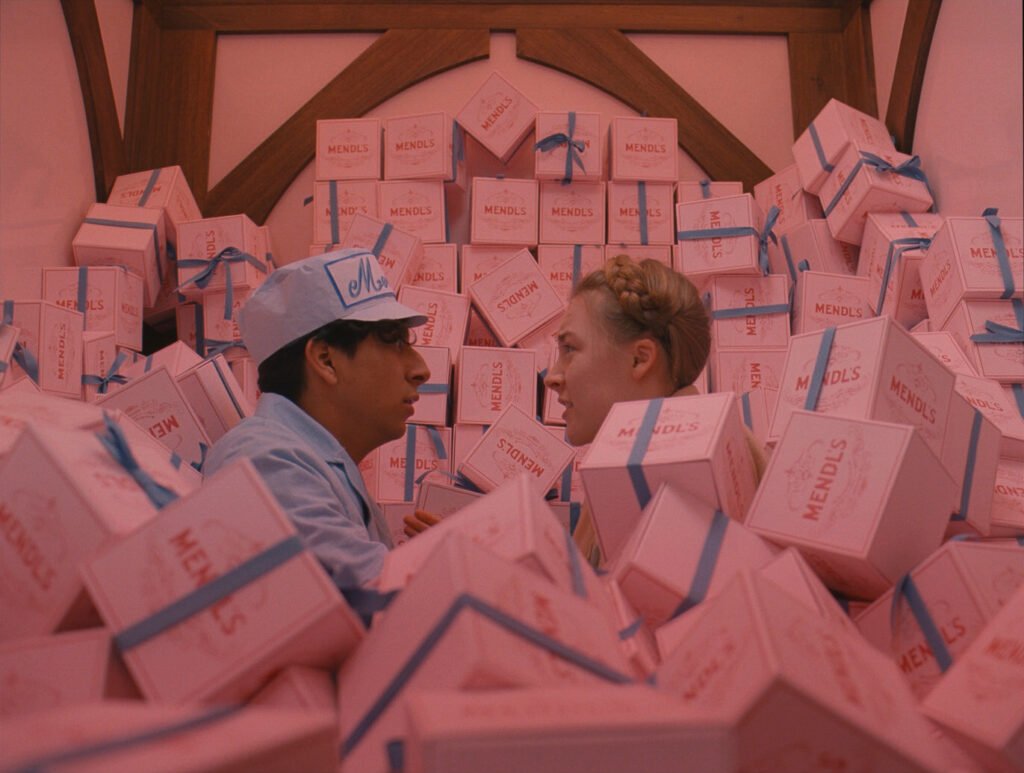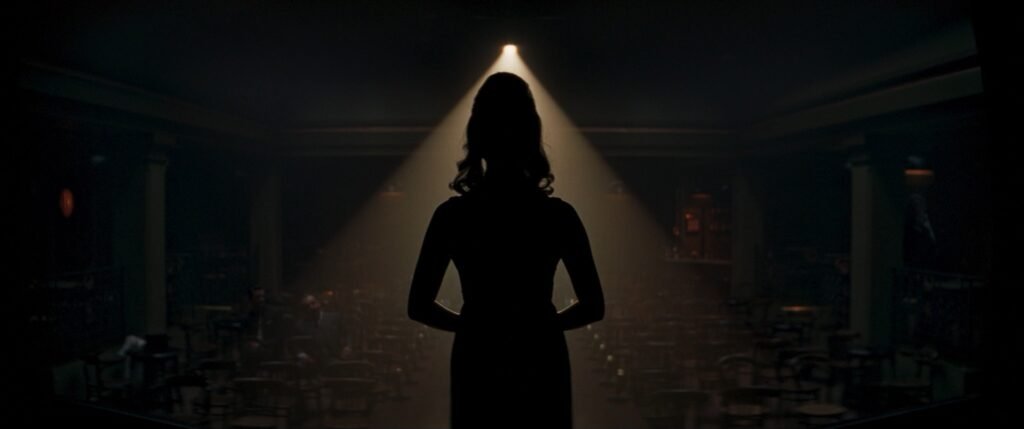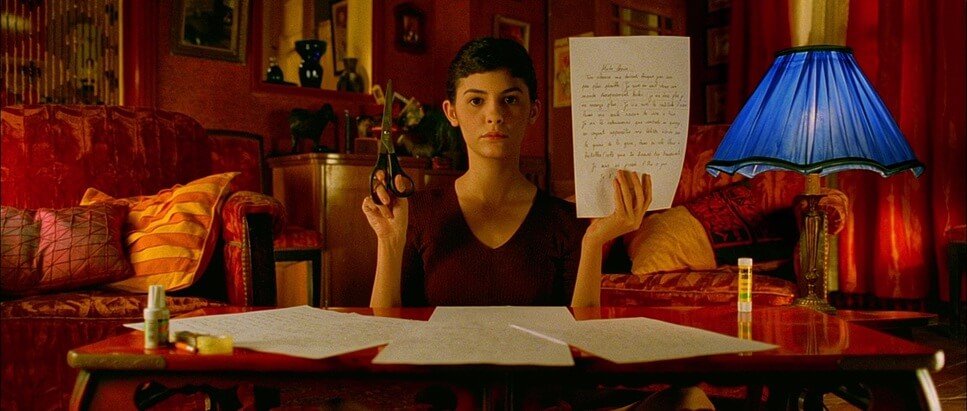
What is a mise en scene? Mise en scene is a French term that literally translates to “placing on stage.” In the world of film production, it refers to the arrangement of everything that appears in the frame, including actors, lighting, set design, and other visual elements.
It is a crucial aspect of filmmaking, as it helps create the desired atmosphere and setting for a scene, ultimately contributing to the overall storytelling experience.
We will delve into the various elements that make up mise-en-scene and explore how effective visual composition can enhance the quality of film production. We will also discuss the role of mise-en-scene in storytelling, and its impact on audience engagement, and provide tips for implementing it in your own film production.
Table of Contents
Elements of “Mise En Scene” in Film Production
Mise en scene consists of several elements that, when combined effectively, can create a visually stunning and emotionally engaging film. These elements include:
- Set design: The physical environment where a scene takes place, which includes both interior and exterior locations. Set design helps establish the setting and mood of a scene, as well as provide context for the characters and their actions.
- Lighting: The use and manipulation of light to create mood, atmosphere, and visual depth in a scene. Lighting can be used to emphasize specific elements, create shadows, or establish a particular mood or tone.
- Costume and makeup: The clothing, accessories, and makeup worn by actors in a scene, can help define their characters, convey emotions, and provide visual cues about their personalities and roles in the story.
- Props: Objects used by actors in a scene, which can help tell the story, reveal character traits, or create visual interest.
- Framing and composition: The arrangement of visual elements within the frame, including the placement of actors, objects, and the use of space. This can greatly impact the overall visual impact of a scene and contribute to its emotional resonance.
The Role of Mise en Scene in Storytelling
Mise-en-scene plays a crucial role in visual storytelling by helping to establish the world in which the story takes place, as well as providing context and meaning for the characters and their actions. By carefully selecting and arranging visual elements, filmmakers can create a rich and immersive environment that draws viewers into the story and evokes a specific emotional response.
For example, a well-designed set can transport viewers to another time and place, while effective lighting can create a mood that underscores the emotions and themes present in a scene. Costume and makeup can provide insight into a character’s personality, culture, and social status, while props can help to advance the narrative or create visual interest.
Ultimately, mise-en-scene serves to enhance the overall storytelling experience by providing a visually rich and emotionally engaging backdrop for the narrative to unfold.
Visual Composition and its Impact on audience engagement
The visual composition is a critical aspect of mise-en-scene, as it helps to guide the viewer’s eye and create a sense of balance and harmony within the frame. By carefully arranging visual elements, filmmakers can direct the audience’s attention to specific points of interest, highlight important details, and create a sense of depth and dimension.
The effective visual composition can have a profound impact on audience engagement, as it helps to create a cohesive and visually appealing film that draws viewers in and keeps their attention. It can also evoke specific emotions and elicit particular responses from the audience, such as a feeling of tension, excitement, or sadness.
By paying close attention to visual composition, filmmakers can create a more immersive and engaging viewing experience that captivates audiences and leaves a lasting impression.
The Importance of Color in Mise En Scene
Color is a powerful tool in mise en scene, as it can be used to create mood, establish themes, and convey emotions. Filmmakers often use specific color palettes to communicate certain feelings or ideas, such as using warm colors like reds and oranges to evoke passion and excitement, or cool colors like blues and greens to create a sense of calm and tranquility.
Color can also be used to draw attention to specific elements within a scene, such as highlighting a particular prop or costume to emphasize its significance.
Additionally, the use of contrasting colors can create visual tension and conflict, which can enhance the overall emotional impact of a scene.
By carefully selecting and utilizing color in a film’s mise-en-scene, filmmakers can create a visually striking and emotionally resonant work of art that captivates audiences and enriches the storytelling experience.
Lighting Techniques in Mise En Scene
Lighting is a crucial aspect of mise en scene, as it helps to create atmosphere, establish mood, and provide visual depth and texture. There are several lighting techniques that can be employed to enhance a film’s visual composition, including:
- Three-point lighting: A popular technique that involves using three separate light sources – a key light, a fill light, and a backlight – to create a balanced and natural-looking scene.
- Low-key lighting: A technique that uses strong contrasts between light and shadow to create a dramatic and moody atmosphere.
- High-key lighting: A technique that uses bright, even lighting to create a cheerful and upbeat mood.
- Practical lighting: The use of actual light sources within a scene, such as lamps, candles, or windows, to create a realistic and immersive environment.
By employing various lighting techniques, filmmakers can manipulate the mood and atmosphere of a scene, as well as emphasize specific elements and create visual depth.

Set design and Mise En Scene
Set design is an integral part of mise-en-scene, as it helps to establish the world in which the story takes place and provides a backdrop for the characters and their actions. Effective set design can transport viewers to another time and place, immersing them in the story and creating a sense of authenticity.
In addition to providing a physical environment for the characters, set design can also be used to convey important information about the story and its themes. For example, a cluttered and chaotic set might indicate a character’s disorganized state of mind or a stressful situation, while a clean and minimalist set might suggest a sense of order and control.
By carefully considering the various elements that make up a set – including location, architecture, props, and color – filmmakers can create a visually rich and engaging environment that enhances the storytelling experience.

Costume and makeup in Mise En Scene
Costume and makeup are essential components of mise en scene, as they help to define characters and provide visual cues about their personalities, relationships, and roles in the story.
By carefully selecting clothing, accessories, and makeup, filmmakers can create a cohesive and visually appealing film that draws viewers in and helps them connect with the characters on a deeper level.
Costume and makeup can also be used to convey specific emotions and themes, such as using dark and somber clothing to indicate sadness or grief, or bright and colorful attire to create a sense of joy and celebration.
Additionally, costume and makeup can provide insight into a character’s culture, social status, and personal beliefs, further enriching the storytelling experience.
By paying close attention to costume and makeup, filmmakers can create visually striking and emotionally resonant characters that engage audiences and bring the story to life.

Iconic examples of effective Mise En Scene in film history
Throughout the history of film, there have been numerous examples of effective mise en scene that have left a lasting impact on audiences and created visually stunning works of art. Some iconic examples include:
- Citizen Kane (1941): Directed by Orson Welles, this film is often hailed as a masterpiece of mise-en-scene, with its innovative use of deep focus, dramatic lighting, and intricate set design.
- The Godfather (1972): Francis Ford Coppola’s iconic film features a rich and immersive mise en scene, with its careful attention to costume, makeup, and set design, as well as its use of color and lighting to create a moody and atmospheric environment.
- Amélie (2001): Directed by Jean-Pierre Jeunet, this whimsical French film is known for its vibrant color palette, quirky set design, and imaginative visual composition, which all contribute to its unique and enchanting mise en scene.
By studying these and other examples of effective mise en scene, filmmakers can gain valuable insight and inspiration for their own film productions.

Tips for implementing Mise En Scene in your film production
To create an effective and visually stunning mise en scene for your own film production, consider the following tips:
- Plan ahead: Before filming begins, carefully plan out your mise en scene, including set design, lighting, costume, and makeup. This will help ensure a cohesive and visually appealing film that effectively conveys your desired mood, themes, and emotions.
- Prioritize visual composition: Pay close attention to the arrangement of visual elements within the frame, including the placement of actors, objects, and the use of space. This can greatly impact the overall visual impact of a scene and contribute to its emotional resonance.
- Experiment with color: Don’t be afraid to play with color in your mise en scene, as it can be a powerful tool for creating mood, establishing themes, and conveying emotions. Consider using specific color palettes to communicate certain feelings or ideas, and experiment with contrasting colors to create visual tension and conflict.
- Utilize various lighting techniques: Experiment with different lighting techniques to enhance the mood and atmosphere of a scene, as well as emphasize specific elements and create visual depth.
- Pay attention to detail: Mise en scene is all about the details, so be sure to carefully consider every aspect of your film’s visual composition, from set design and props to costume and makeup. By paying close attention to detail, you can create a visually rich and engaging film that captivates audiences and leaves a lasting impression.
Mise en scene is a critical aspect of filmmaking that can greatly enhance the visual composition and storytelling experience of a film. By carefully considering and arranging elements such as set design, lighting, costume, and makeup, filmmakers can create a visually stunning and emotionally engaging work of art that captivates audiences and leaves a lasting impression.
By studying iconic examples of effective mise en scene and implementing the tips provided in this article, you can create your own visually striking and emotionally resonant films that will captivate audiences and stand the test of time.
Remember, mise en scene is not just about creating a visually stunning film, but also about enhancing the storytelling experience and immersing viewers in the world of the story.
By carefully selecting and arranging visual elements, you can create a cohesive and immersive environment that draws viewers into the story and evokes a specific emotional response.
So, whether you’re a seasoned filmmaker or just starting out, take some time to explore the world of mise-en-scene and experiment with different visual elements to create your own unique and compelling film productions.